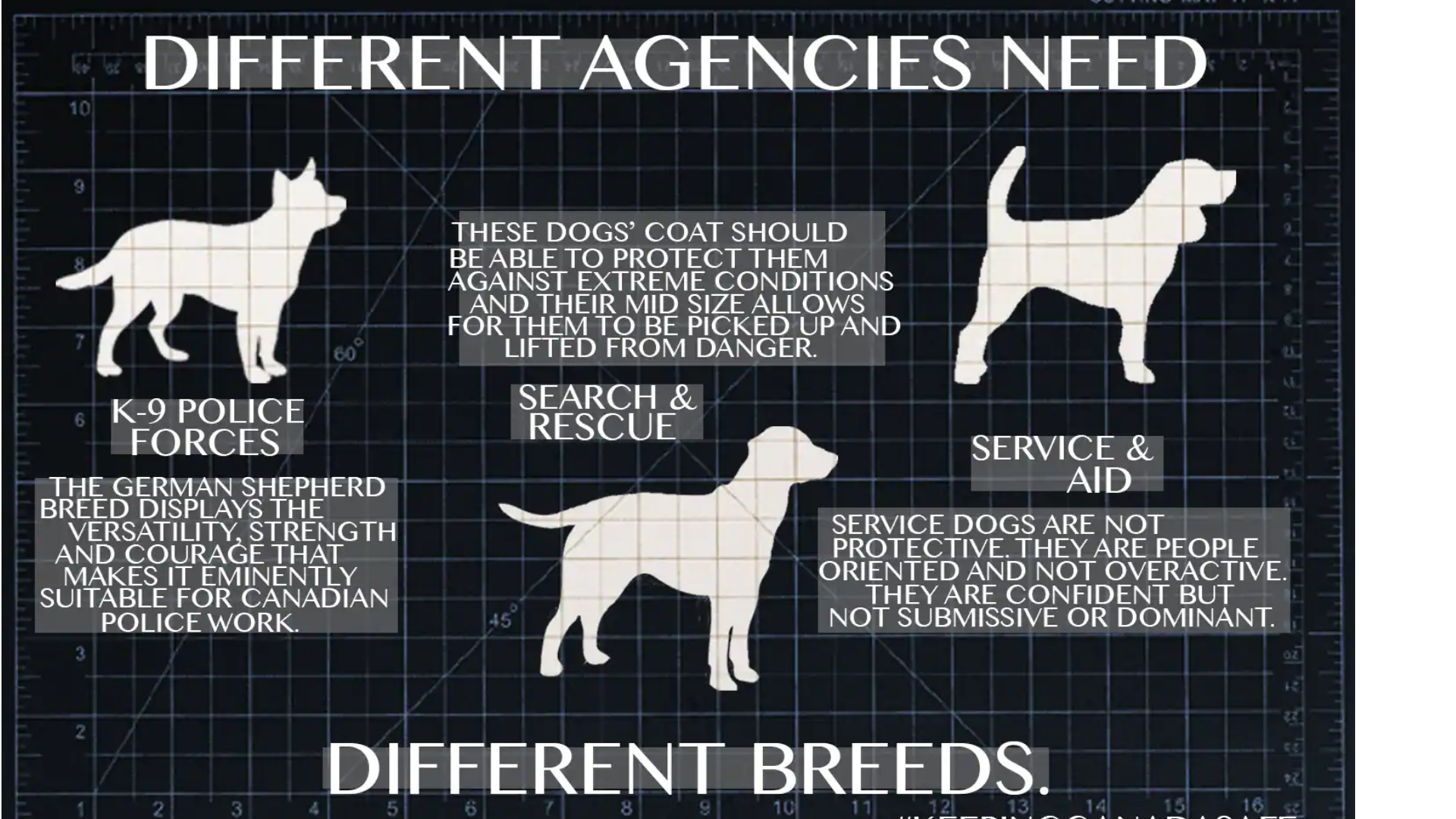From very early years when single celled animals appeared on earth about 2 500 million years ago, the animal kingdom has evolved into million different species. Animals now inhabit every part of the globe. Many of these animals contribute to the well-being of mankind.
Each species has a very distinct form, colour and life cycle, designed to ensure that it survives in its environment and bears offspring. The survival of animals is linked to the animal's ability to evade predators and enemies and to find food. It is also very important for the animal to find a mate and rear its young and above all to adapt to change.
Use of Animals by Man
Mankind has made use of animals from the very early days of civilisation. Long before anything was known of genetics mankind was known to manipulate the breeding of animals. In the bible man’s use of domesticated animals is mentioned many times.
As the years have passed, through natural as well as artificial selection by man, the different ways that animals can be used for the benefit of man has increased. Farmers developed ways to use animals that were adapted to certain areas. The animals adapted to the cold or extremely hot conditions for instance by developing thick hair or wool to protect their bodies. In turn, farmers learned to shear or comb these animals to make clothes for themselves.
Although micro-organisms and other small single celled animals also play a big role in modern farming, let us concentrate on the usefulness of insects, fish, birds and the mammals to man.
Insects like honeybees; birds like the ostrich and the chicken and fish such as the carp have been used for ages. People all over the world use these animals in one or other way.
Ways How Mankind Make use of Animals’ Abilities
Both behavioural and biological characteristics of animals can be harnessed to be of use to man. For example: dogs, originating out of the wild wolf are used for several different purposes. The keen sense of smell of dogs has led to its use to track fugitives, to find drugs and biological materials at airports. Dogs can also be trained to find explosives or to find people who have been trapped under the snow during avalanches. Dog breeds such as the Husky are strong and adapted to the cold. Because of these characteristics they are used to draw sleds in very cold areas. The obedience and loyalty of dogs has been used to assist the blind. Because of their excellent hearing and natural aggression, they are also used as guard dogs.
All the domesticated animals like cattle, sheep, and goats were once wild animals. These animals were tamed for domestic use as pets, for food or fibre, or as beasts of burden.
At first, they were used in their natural habitat. However, when weather conditions changed, humans migrated to other parts of the earth and took their animals with them. As humans moved around, their animals had to adapt to the new environments. Some animals obviously could not tolerate the new conditions and died. However, those animals that survived had some or other genetic characteristic which allowed them to adapt to the new environment. It was these animals with those special characteristics that were then used further by man.
Aside from adaptation to the environment, man has also applied “selection” pressure to animals to enable them to produce more of a certain product. For example: Milk cows were selected out of the animals used for meat. Every time a cow produced more milk, man would use that cow to produce offspring with the idea that her offspring would also produce more milk. In this way breeds were developed for different purposes. For example, milk breeds versus meat breeds.
